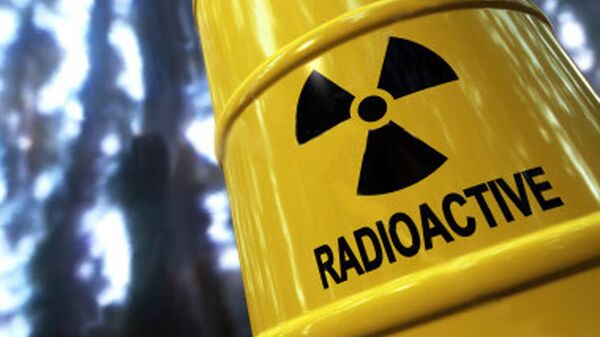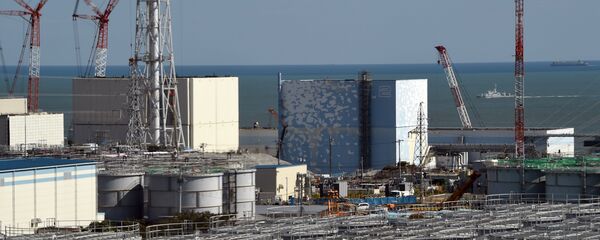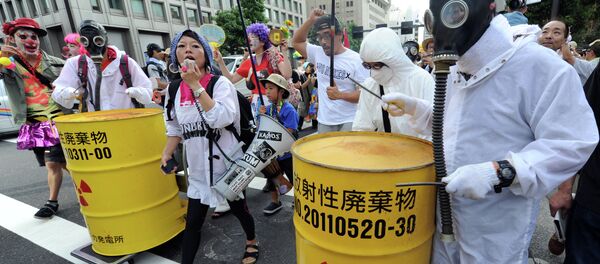The No. 4 reactor was shut down in July 2011 in response to the devastating Fukushima Daiichi nuclear meltdown, one of the greatest environmental disasters in human history. The Fukushima Daiichi plant, operated by Japanese utility company Tokyo Electric Power Co., Inc. (Tepco), failed in the wake of internal damage resulting from a 2011 catastrophic tsunami following a strong offshore earthquake that struck Japan.
In the wake of the earthquake and tsunami, Tepco officials notified the public of issues at the plant, but were charged with grossly downplaying the risks. Ultimately, three of the six reactors at the plant went into full meltdown, with some Japanese workers sacrificing their lives by attempting to contain the disaster after a full evacuation was ordered.
Subsequent to the 2011 Fukushima Daiichi meltdown, the Japanese government ordered a moratorium on nuclear energy to determine enhanced safeguard measures necessary to prevent a similar disaster.
The Takahama No. 4 reactor, is slated to come back online in eight days as part of the Japanese government’s decision to reestablish their nuclear power grid. This comes in the face of environmental devastation and widespread public outcry against the effects of the Fukushima contamination. The setback will delay the No. 4 reactor coming back online and will likely stoke additional anti-nuclear sentiment among the Japanese population. This news follows additional reports, over the past two weeks, of continued radioactive contamination of groundwater near the Fukushima-Daiichi plant, prompting renewed questions about the safety and necessity of current nuclear energy technology.
Officials at Kepco caution that the radioactivity level of the 34 liters of coolant water leaked is “below that which requires notifying the government.” Kansai Electric asserts that the cause of the leakage was insufficient bolt tension, and that the issue is currently being remedied.




